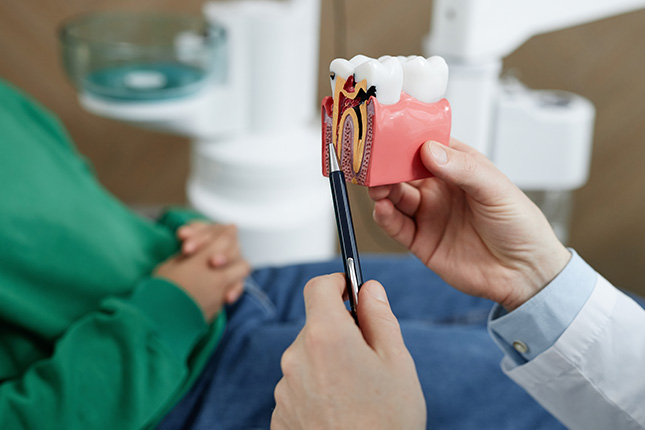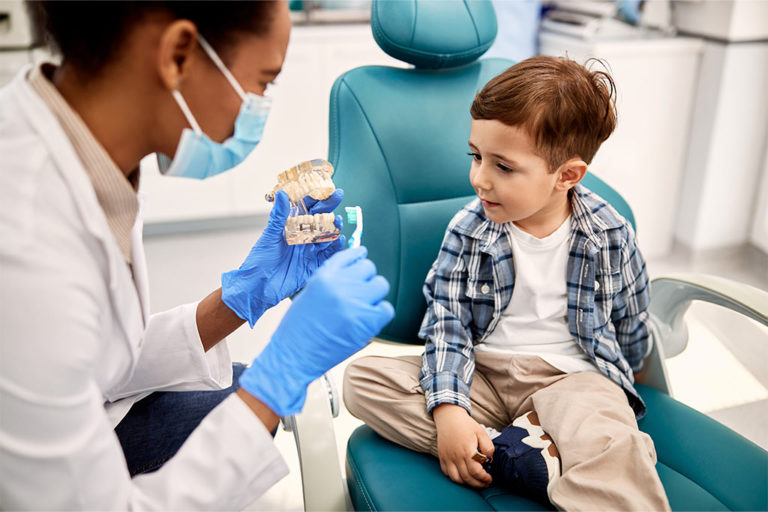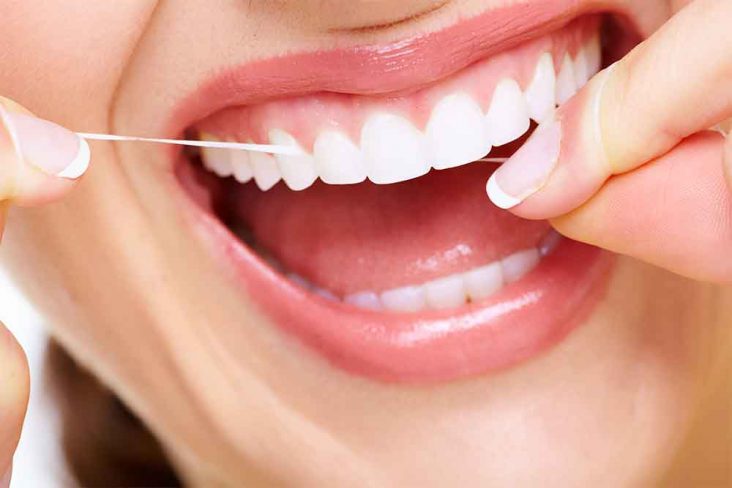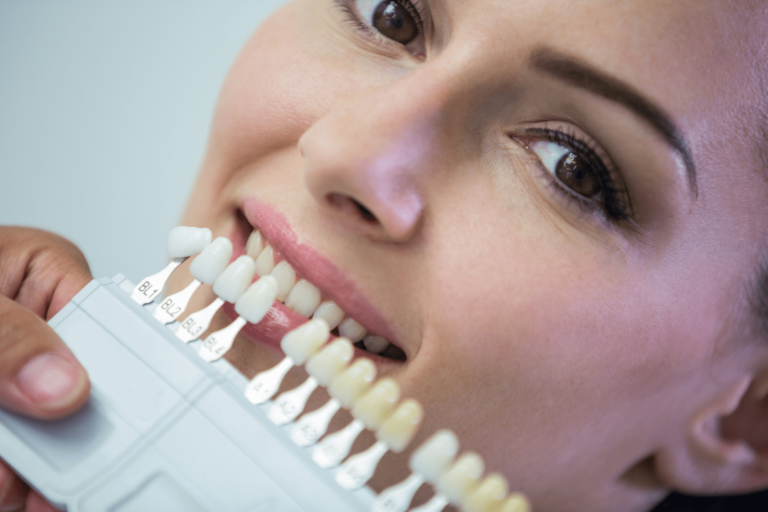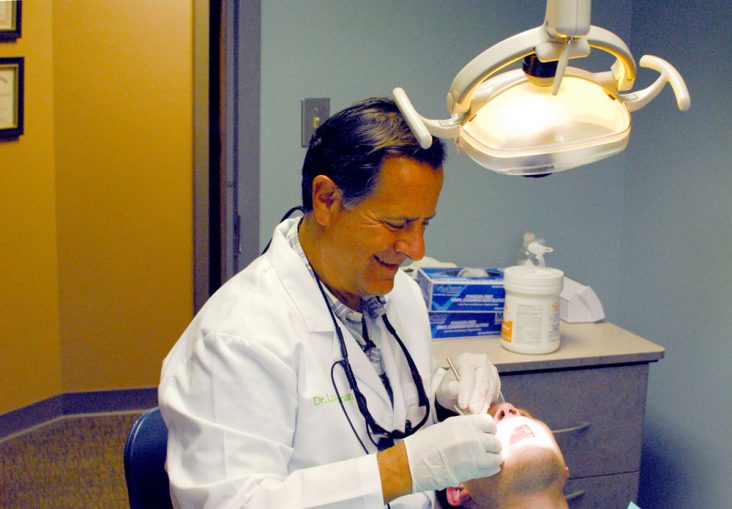Perfectly painless dentistry- that’s the promise of a new dental technique that may soon send the dreaded drill the way of the wooden tooth.
A new laser “drill” called the Centauri Erbium Yutium Ahaminum Garnet (Er-Yar) cleans decay from teeth without the shrieking noise- and pain- caused by a traditional drill.
The Er-YAG, manufactured by Premier Laser Systems of Irvine, Calif, leaves healthy tissue intact and even seals the tooth to prevent further bacterial attacks once the filling is set. That means there is no remaining bacterials which causes fillings to come loose. And because the laser is painless there is no need for anesthesia.
While laser have been used on soft mouths tissue for nearly 30 years. the Er YAG is the first hard tissue laser to win FDA-approval.The Er-YAG is getting some high-tech public relations. It was selected as a winner of Popular Science Magazine’s “Best of What’s New” awards in 1997.
“Most people fear the dentist and that fear is based on the ise of needles and a drill,” say’s Kingston-bases dentist Loren Grossman. “We call it (Er-YAG technology) “no fear dentistry.” It’s medicine of the 21st century”
But despite it’s promise. Grossman is not using the Er-YAG in his practice. “At $40,000, its not cost effective,: he explains.
He states the laser is only approved for use on very small cavities. In addition the handpiece used during the procedure is laborious. “The problem us that there is only one handpiece. It’s long and works so slowly. You have to keep wiping the tip with alcohol constantly,” he says.
Grossman notes he was certified by Premier Laser Systems to use the Er-YAG shortly after it won FDA approval for adults in 1997. It received FDA approval for use on children last fall.
Cindy Bornhagen. Premier’s educational corrdinator, says the product is being refined. “We’ve been working on new handpieces, handles and grips. We’re always trying to improve it,” she says.
As the laser technique evolves, the price may also improve, Grossman believes, “it will be cheaper like computers. It will just take time,” he says.
The more we get these on the market and sell them, I’m sure the prices will come down,” adds Bornhagen.
Until that time, drill-less dentistry may not be widely used. Despite the new Technology, insurance companies will only pay an established fee for a filling procedure, Grossman says. “They’ll cover any type of filling,” he explains.
That means patients would likely have to pay out-of-pocket expenses. But Bornhagen says patients are willing. “It’s up to the patient whether they are willing to pay. We find that most people are,” she says.
Bornhagen says patient interest in drill-less dentistry may be the insiration that dentists need. ” Dentists are slow to accept new technology. They want proof, But if enough patients say they want it, that will work for us,” she says.
Grossman says he wants it- when it’s ready. “I think in three to five years we’ll be buying lasers.” he says. ” I think it’s the future of denistry and I want to be on the cutting edge.”
Written by: Melissa Becker Sgroi

